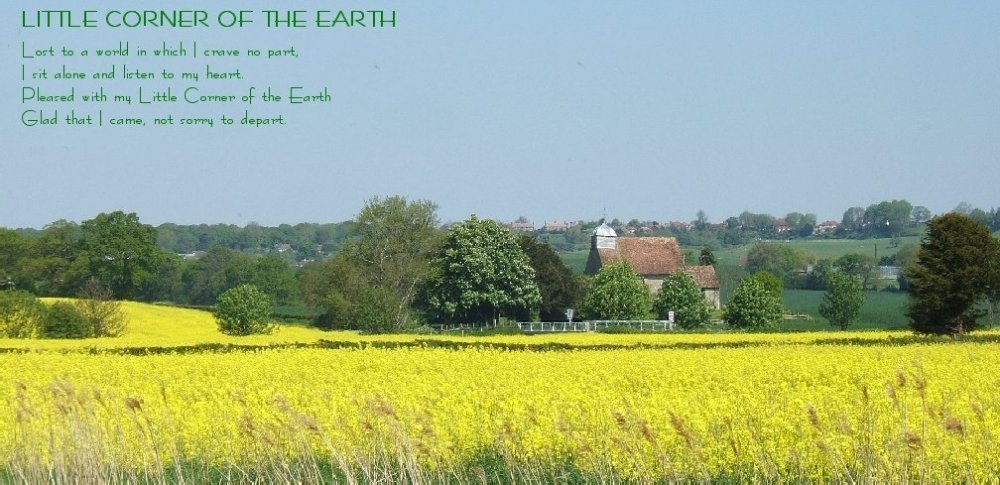 I was looking through some of my late father's old envelopes the other day and came across his apprenticeship correspondence. The actual deed of apprenticeship is far too long and flowery to show , but here is the initial letter (dated 10th January 1931) sent to his father, my grandfather, to kick off his employment. The rates of pay look laughable by today's standards, but today apprenticeships are few and far between. Many of today's youngsters who pay to spend 3 years at university and come out with a degree which is useless to them and the business world would be better off and more happy to have learnt a useful and remunerative craft or trade instead.
I was looking through some of my late father's old envelopes the other day and came across his apprenticeship correspondence. The actual deed of apprenticeship is far too long and flowery to show , but here is the initial letter (dated 10th January 1931) sent to his father, my grandfather, to kick off his employment. The rates of pay look laughable by today's standards, but today apprenticeships are few and far between. Many of today's youngsters who pay to spend 3 years at university and come out with a degree which is useless to them and the business world would be better off and more happy to have learnt a useful and remunerative craft or trade instead.
(Says he, who spent 3 years learning the blacksmith's trade)
My grandfather - my dad's father was a Rolls Royce chauffeur to a consultant surgeon (he was the first to drive a Rolls in Westmoreland in the early 1900's. He continued driving the surgeon's widow, long after his retirement age and was rewarded when she died with a car (Austin - not Rolls!) and the house he occupied.
Dad said he always wanted to do the same, but the old man insisted that he learn a useful trade first. He became a very skilled carpenter/joiner - a trade he followed all his life (he was still making furniture as a hobby the day before a heart attack carried him off). He spent the years of World War II in the Royal Engineers, re-building bridges, never saw an enemy combatant and never fired a shot in anger!
Ironically he never learnt to drive and rode a bicycle all his life. His day often consisted of cycling seven miles to the above employer's to arrive by 7.30am (in all weathers). If he was employed on a job away from the works, then he was expected to cycle on to that, too. He usually arrived home about 6.30pm in the evening. This was his working life until he retired about 1980.

%2Bc.1925%2B(chauffeur%2Bto%2BDr%2BCosgrave.jpg)

6 comments:
What can one say? An interesting look into a past that was far less blessed in so many ways than today. I would not wish to return to those days, interesting though they are from the point of view of 21st. century, but gratitude for what we have now cannot come amiss. Thank you for this post.
Some of Pop's furniture lived in Oz for a while!!
Love The Daughter x
Just checked the long-forgotten boundaries of Westmorland and Cumberland. Wondering whether the consultant surgeon ever had cause to attend a patient in, say, Eskdale and which route he took. The direct one, over Wrynose and Hardknotts, or the indirect one by the coast. The Rolls' tyres seem to suggest the latter.
Two things stand out about the photo. The vehicle certainly enhanced the owner's haughtiness; he'd be looking down on most anyone, literally and metaphorically. Also the chauffeur's door is so much wider than the rear passenger's, you'd have expected the opposite. And the door's midline, in keeping with the car's general altitude, is as high as your grandfather's shoulder. From memory (the Skoda's in the garage) it's hardly waist high on mine.
Tom: As you say, interesting as a social comment on the past, but better to live in the present, I agree.
Daughter:
Your stuff of his is not replaceable, I'm afraid. (Unless you like to carry back, next time you fly over, the stool he made which I have just used to get to the top shelf of the bookcase).
RR:
I somehow cannot imagine even a vintage Rolls getting over Hardknott Pass - bad enough last time I took a motorcycle over there - what the surface was like in the early 1900's does not bear contemplation!
As to the height of the Rolls - yes, they were pretty tall to enable top-hat wearers to enter and alight, but my grandfather was a short man - you and I would be able to top him by at least 6 inches.
Lovely picture, I kind of imagine something ghostly might be happening in that faded bit at the front...
The document strikes me for its clarity, both the type and lack of yellowing and cracking of the paper but also of the English, quite modern and accessible, friendly even. Glad his life was long and satisfying, albeit hard.
Lucy:
Well, the picture of the car is of a RR "Ghost" model, so your feelings may be appropriate!
The letter is clear and concise, but the actual deed of apprenticeship might have been written in the middle ages.
Post a Comment